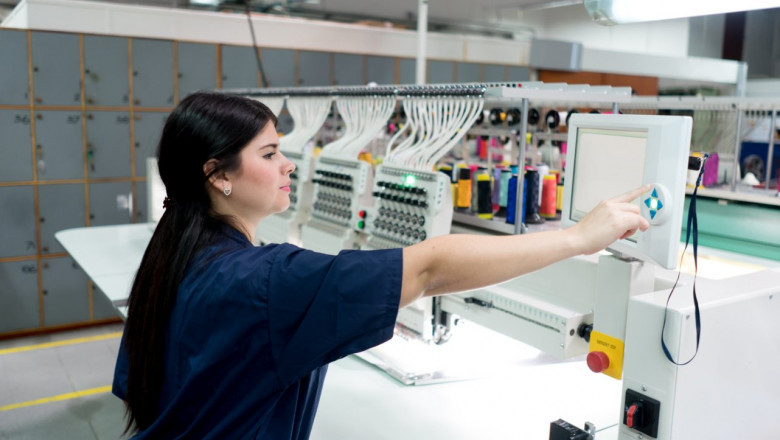views
Introduction
Embroidery has long been cherished as a craft that transforms fabric into intricate, personalized designs. With the rise of digital technology, the art of embroidery has evolved, making way for a more precise, efficient, and versatile approach known as custom embroidery digitizing. In this comprehensive guide, we will explore the world of custom embroidery digitizing and how it can turn your artistic visions into stunning stitched designs.
What is Custom Embroidery Digitizing?
Custom embroidery digitizing is the process of converting artwork, logos, or designs into a digital format that embroidery machines can read and replicate on fabric. Unlike traditional embroidery, where designs are manually stitched, digitized embroidery uses specialized software to create a machine-readable file, ensuring precision and consistency.
Why Digitizing Matters
Digitizing is a crucial step in modern embroidery. It acts as the bridge between your creative vision and the final embroidered product. Without proper digitization, even the most beautiful designs can lose their charm when translated onto fabric. This process ensures that your designs maintain their integrity, no matter the fabric type or complexity.
The Digitizing Process Explained
Step 1: Design Preparation
Before digitizing begins, the chosen design must be evaluated for complexity, size, and suitability for embroidery. Detailed and intricate designs may require adjustments to ensure they translate well into thread and fabric.
Step 2: Choosing the Right Software
There are various embroidery digitizing software programs available, each with its own set of features and capabilities. Popular choices include Wilcom, Hatch, and Brother PE-Design. The choice of software depends on the complexity of the design and the level of expertise of the digitizer.
Step 3: Pathing and Stitch Types
Pathing refers to the sequence in which the embroidery machine stitches the design. Efficient pathing minimizes thread breaks and jump stitches, ensuring a smooth and seamless result. Stitch types like satin, fill, and running stitches are chosen based on the design's texture and detailing.
Step 4: Testing and Adjustments
After digitizing, a test run is conducted to ensure the design stitches correctly. Adjustments are made if necessary to address any inconsistencies, thread breaks, or unwanted gaps.
Benefits of Custom Embroidery Digitizing
Precision and Consistency
Unlike manual embroidery, digitizing ensures that every stitch is precise and consistent, maintaining the integrity of the original design.
Versatility
Digitized designs can be applied to various fabric types, including cotton, polyester, denim, and more. This versatility makes it suitable for a wide range of applications like uniforms, promotional items, and personalized gifts.
Cost-Effectiveness
Though initial digitizing may have a cost, it saves time and resources in the long run by reducing production errors and minimizing material waste.
Common Challenges in Embroidery Digitizing
Design Complexity
Highly intricate designs may require simplification to ensure that they translate well onto fabric. Overly complex details can lead to thread breaks or uneven stitching.
Fabric Type
Different fabrics react differently to embroidery. Understanding the fabric type is crucial to adjust stitch density and avoid puckering or distortion.
Machine Compatibility
Not all embroidery machines can read every file format. Ensuring compatibility between the digitized file and the embroidery machine is essential for a successful outcome.
Conclusion
Custom embroidery digitizing is more than just a technical process; it is an art that requires skill, precision, and creativity. By understanding the intricacies of this craft, you can bring your designs to life with stunning accuracy and detail. Whether for personal projects or commercial use, investing in quality digitizing services can elevate your embroidery to the next level.














Comments
0 comment